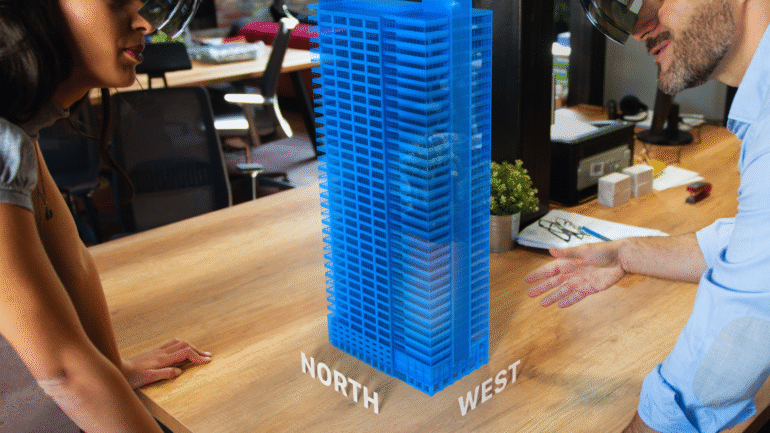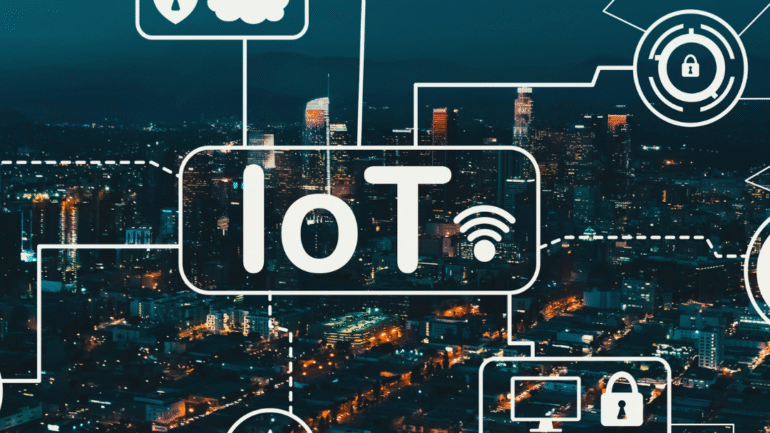Augmented reality (AR) is transforming the landscape of modern education by enhancing interactive learning experiences. AR provides students with immersive and engaging ways to grasp complex concepts, making learning more effective and enjoyable. As educational institutions adopt this technology, they create opportunities for students to explore subjects in ways that traditional methods cannot achieve.
Through simulations and visualizations, AR helps to bridge the gap between theoretical knowledge and practical application. It allows learners to interact with 3D models and participate in real-world scenarios, fostering a deeper understanding of the material. The integration of AR in classrooms also promotes collaboration, as students can work together in virtual environments, enhancing their problem-solving and communication skills.
As educators continue to explore the potential of augmented reality, its impact on student engagement and knowledge retention will likely reshape teaching methodologies. By embracing this technology, they can cater to diverse learning styles and prepare students for a future where digital literacy is essential.
Understanding Augmented Reality in Education
Augmented Reality (AR) has emerged as a transformative tool in education, enhancing the learning experience by integrating digital elements with the physical world. This section explores key concepts, differentiates AR from Virtual Reality (VR), and discusses the technologies powering AR in educational settings.
Definition and Core Concepts
Augmented Reality is a technology that overlays digital content onto the real world, enhancing user perception. In education, AR facilitates interactive learning experiences by providing visual aids, simulations, and immersive content.
Key components include:
- Digital overlay: Information such as 3D models or videos displayed on physical objects.
- Interaction: Users can manipulate or engage with the digital content directly.
- Contextual learning: AR can deliver subject-specific information relevant to the physical environment.
This integration supports diverse learning styles, allowing students to visualize complex concepts effectively.
Differences Between Augmented Reality and Virtual Reality
While both AR and Virtual Reality (VR) immerse users in digital experiences, their applications and user interactions differ significantly.
- AR enhances the real world by adding digital elements, allowing users to remain aware of their surroundings.
- VR creates a fully immersive environment that completely replaces the physical world, requiring specialized equipment like headsets.
In education, AR promotes collaborative learning by enabling students to explore their environment, while VR can transport learners to different settings, useful for subjects like history or science.
Key Technologies Powering AR in Education
Several technologies contribute to the functionality of AR in educational contexts. Notable ones include:
- Smartphones and Tablets: Widely accessible devices that support AR applications, allowing students to engage with content on the go.
- AR Glasses: Wearable devices that provide hands-free interaction with digital content, enhancing class participation.
- Computer Vision: Technology that allows devices to recognize and track real-world objects, crucial for delivering accurate overlays.
AR tools, like Quiver and Zappar, exemplify how educators can utilize these technologies to create engaging lessons, making learning more interactive and enjoyable.
Transforming the Learning Experience
Augmented reality (AR) significantly enhances the learning experience in modern education. It fosters engagement, caters to diverse learning styles, and enables personalized educational approaches that promote critical thinking.
Enhancing Student Engagement Through Interactive Learning
AR provides interactive learning experiences that capture student interest. By immersing learners in dynamic environments, they can visualize complex concepts. For instance, AR can transform traditional textbooks into 3D models, allowing students to interact with the material actively.
Students participating in AR activities display increased motivation, which is essential for effective learning. The use of gamification elements also enhances this experience, where students can compete in educational challenges that reinforce their understanding and retention of the subject matter.
Improving Accessibility and Inclusivity
AR tools address accessibility concerns in education by offering alternative methods of content delivery. Visual learners benefit from interactive visuals, while auditory learners can utilize audio components of AR applications.
Additionally, AR can be tailored to accommodate students with disabilities. Tools like text-to-speech and sign language interpretation in AR applications ensure that all students have an equal opportunity to engage with the curriculum.
Personalized Learning and Critical Thinking
AR enables personalized learning experiences that cater to individual student needs. Through adaptive learning techniques, AR can assess a learner’s progress and adjust content in real-time, providing challenges suitable to their level.
This adaptability fosters critical thinking skills as students make decisions based on interactive simulations. When students can experiment with various scenarios in a safe environment, they develop deeper analytical skills and a greater understanding of the material.
Case Studies: Successful Implementation in Educational Settings
Numerous educational institutions have successfully integrated AR into their curriculum. For example, a middle school in California adopted AR to teach scientific concepts, resulting in a measurable increase in student test scores and engagement levels.
Similarly, a university used AR to create virtual lab environments for science students. This approach not only improved practical skills but also facilitated remote learning, demonstrating AR’s versatility across educational settings.
Augmented Reality Tools and Applications in Modern Classrooms
Augmented reality (AR) is transforming educational experiences by providing interactive tools and applications. These innovations enhance classroom engagement and facilitate dynamic learning environments.
Popular AR Apps and Emerging Education Technology
Several AR applications are gaining traction in education. Merge Cube allows students to explore 3D objects across various subjects, such as science and history. Another notable app is Google Expeditions, which enables teachers to lead virtual field trips, enriching lessons with unique experiences.
Quiver transforms coloring activities into interactive 3D displays. Additionally, apps like Zappar offer custom AR content for targeted learning objectives. These tools support a wide array of educational formats and allow for personalized exploration.
Integrating AR into Lesson Plans
Incorporating AR into lesson plans enhances student learning through practical applications. Educators can create interactive experiences to illustrate complex concepts. For example, instead of reading about human anatomy, students can use AR to visualize organs in 3D.
Teachers can design activities where students interact with virtual elements, promoting hands-on learning. Incorporating AR allows for differentiated instruction, catering to various learning styles. Moreover, AR resources can augment traditional materials, enriching lesson plans effectively.
Smart Classrooms and the Virtual Classroom
Smart classrooms utilize AR technology to foster collaborative and immersive learning environments. These classrooms are equipped with devices and software that support AR applications, catering to diverse educational needs.
In the virtual classroom context, AR provides opportunities for remote students to engage with learning materials actively. This approach breaks geographic barriers, offering equal learning access. With AR, teachers can create interactive assessments, fostering deeper understanding even in online formats.
Challenges, Opportunities, and the Future of AR in Education
Augmented reality presents both challenges and opportunities within modern educational settings. As institutions evaluate their implementation, addressing barriers to widespread adoption and fostering professional development for educators becomes crucial. Furthermore, understanding the trajectory of AR technology will be important as it relates to education.
Barriers to Widespread Adoption
Several barriers hinder the broad implementation of augmented reality in schools. Cost is a significant factor; schools often face budget constraints, making it difficult to invest in the necessary technology and infrastructure.
Additionally, there is a lack of standardized AR content tailored for educational purposes. This fragmentation complicates the selection of effective AR tools. Resistance to change from educators and administrators can also impede integration, as some may be unfamiliar with the technology or hesitant to alter established teaching methods.
Supporting Professional Development for Educators
Professional development plays a critical role in the successful adoption of AR. Educators must be equipped with the skills to effectively integrate AR into their lesson plans.
Training programs should include hands-on workshops, where teachers can explore AR applications relevant to their subjects. Ongoing support is essential; mentorship and collaborative networks can help educators navigate challenges as they adapt to new technologies.
Furthermore, investing in professional development ensures that teachers can keep pace with rapid developments in AR, allowing them to enhance student engagement and learning outcomes.
Forecasting the Evolution of AR Technologies
The future of AR in education holds potential for transformative learning experiences. As technology advances, AR applications will likely become more user-friendly and accessible.
Emerging trends indicate a shift toward mobile AR solutions, enabling students to engage with content from anywhere. Additionally, improvements in affordability and internet infrastructure may lead to wider adoption in underserved areas.
Collaboration between technology companies and educational institutions will also drive innovation. Such partnerships can foster the development of tailored AR tools that address specific educational needs, paving the way for richer, more immersive learning environments.





